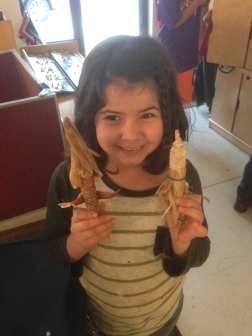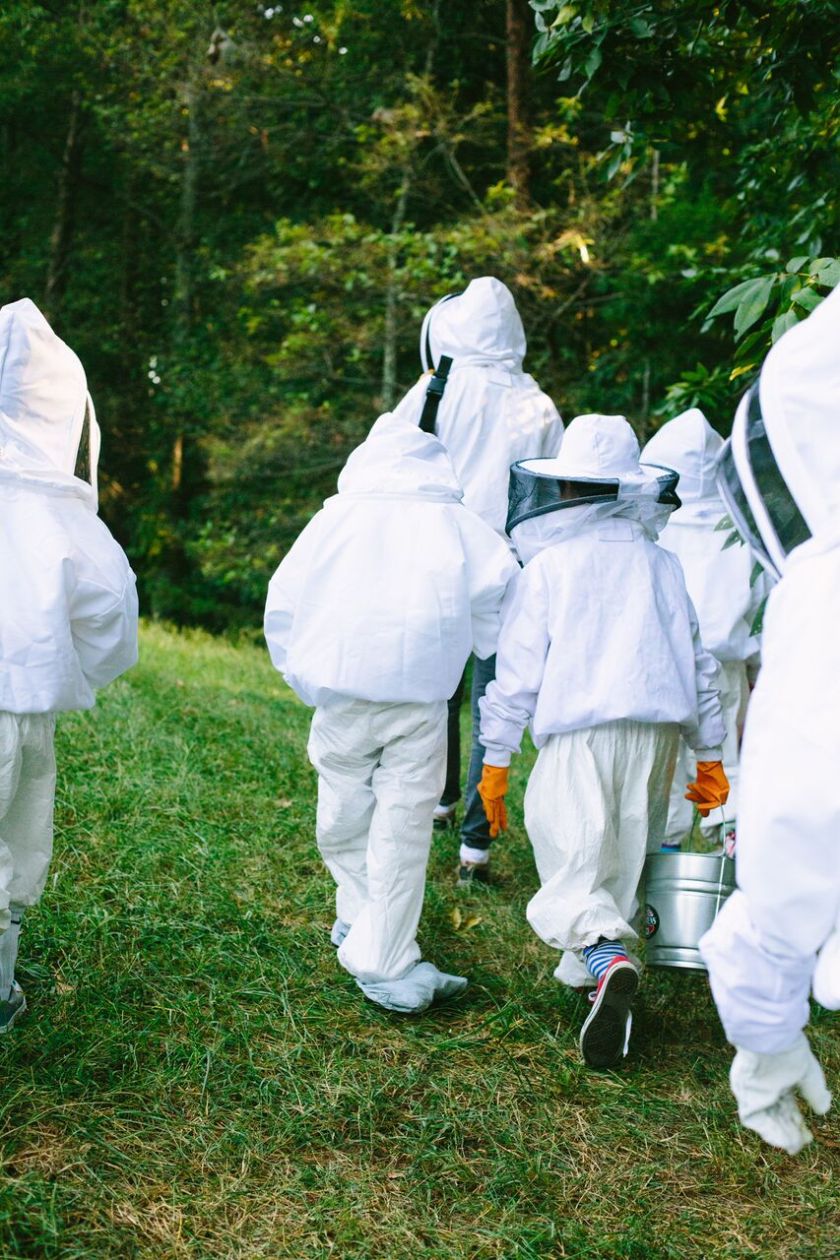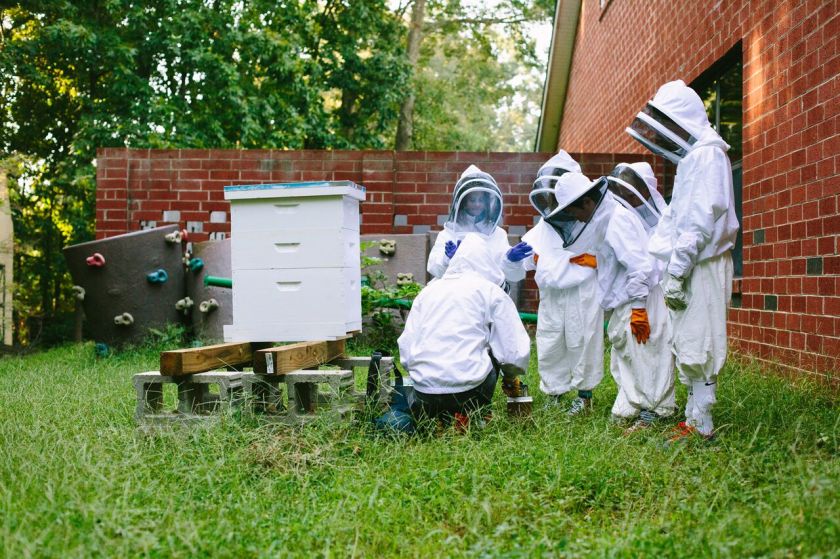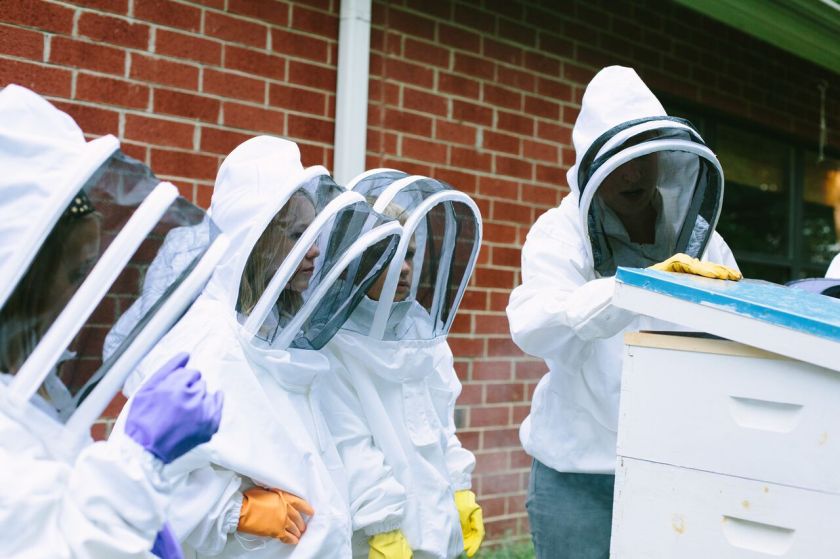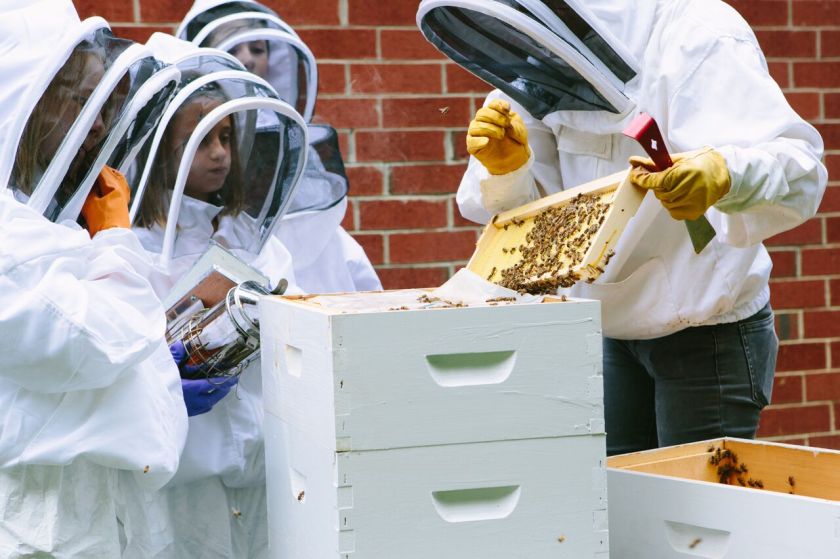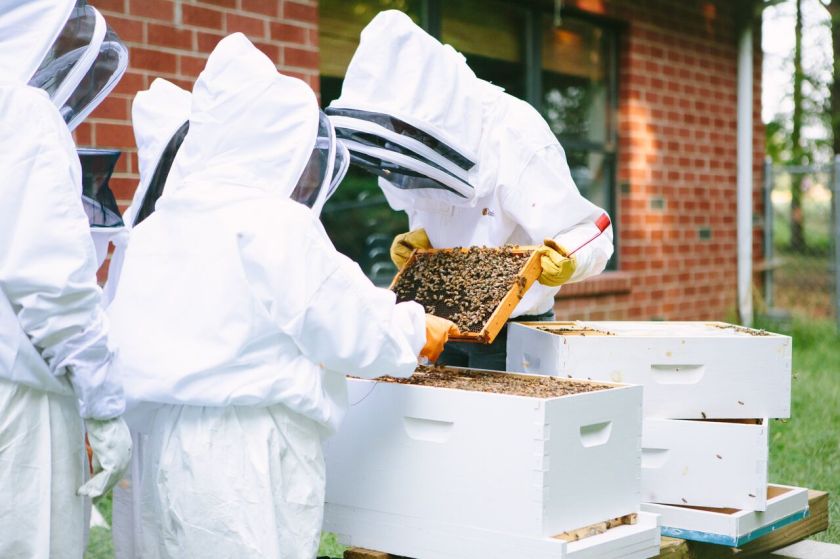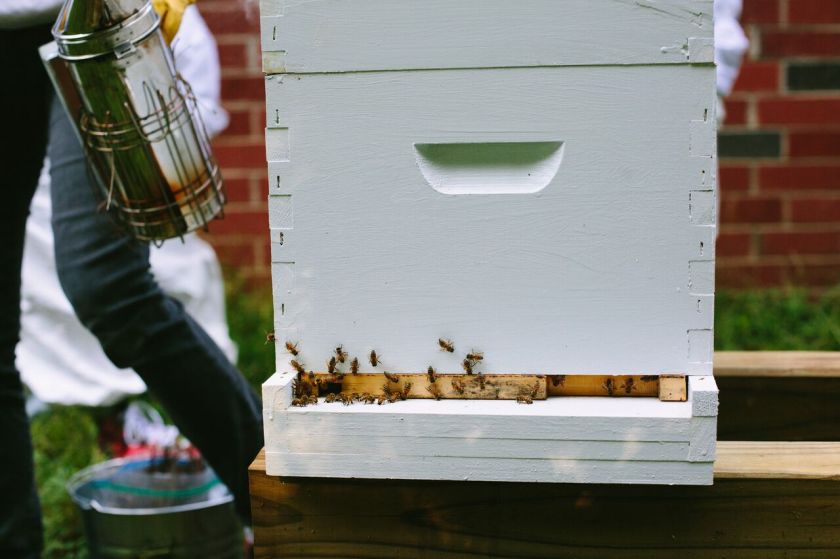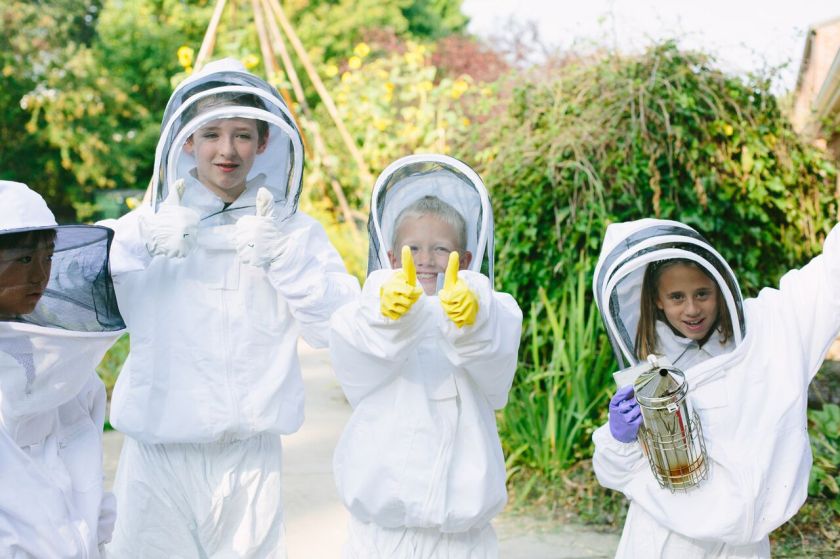On Friday afternoons, Junior High students at GMS engage in purposeful active work, which stimulates their intellect, while teaching them about the basic structure of production and exchange, i.e. economy.
This program is called the Micro Economy Program. At the beginning of each school year, students apply for jobs based on their interests, talents, and abilities. This is our 5th year running the program as an integrated “Farm to Fork” business, with branches in Research and Development, Design and Fabrication, Finance, Tribal Council, an on-site Restaurant, and a Farm Team. To read more about the Micro Economy Program Click Here.
Last year the Farm Team submitted a proposal to the Design and Fabrication Team to build a mobile market where produce from the gardens, eggs, and student art could be sold. The Design Team jumped at the project, pledging to retrofit an old trailer bed generously donated by garden manager Aubrey Cupit into a functional and beautiful “Market.”
Student Lily Wagoner, under the guidance of her teacher Jonathan McLean, used an application called Sketchup to design the farm cart in a 2D format. She studied images sent by the farm team, took real time measurements, and made a cut and materials list. After this thorough research phase, students at the land helped to build the farm cart. Bit by bit, the project came together with the final stages including staining and painting the cart.
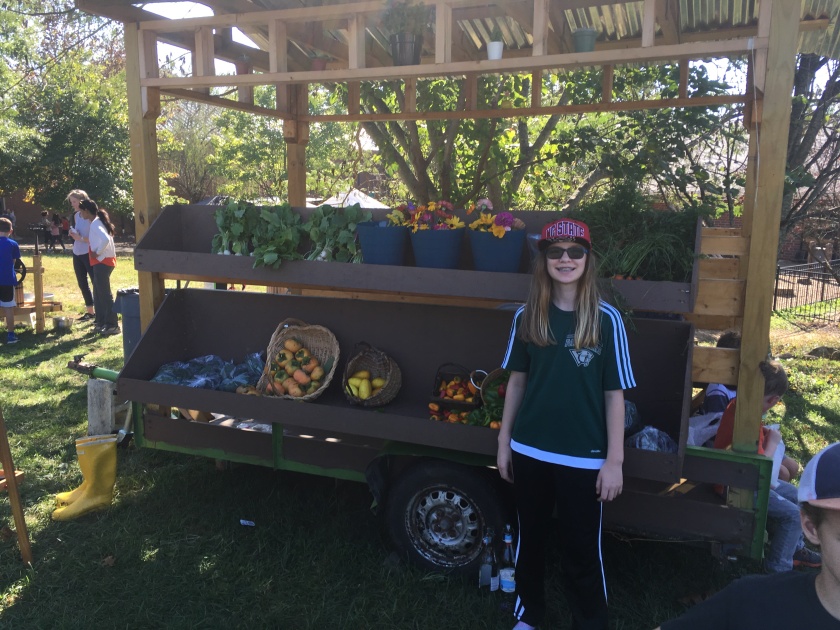
Student Lily Waggoner with the Farm Cart she designed.
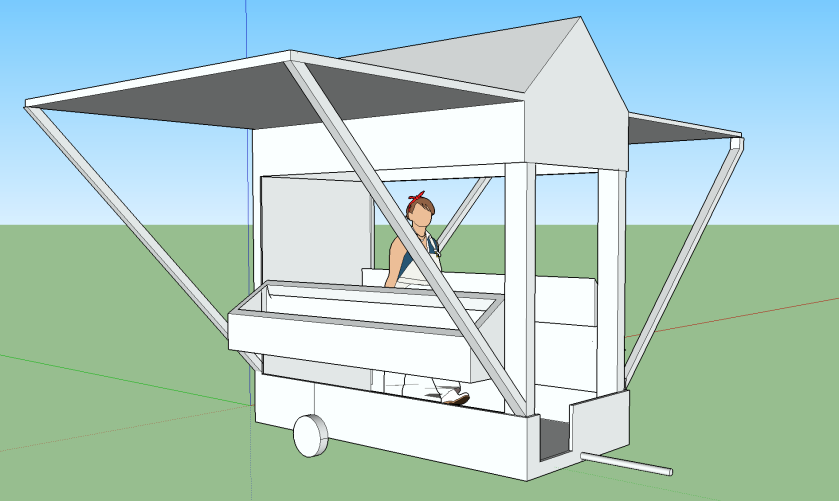
3D Sketch up of Farm Cart by student Lily Wagoner
Maria’s Market officially debuted this year at the Fall Festival and has opened several times since then. Every Friday afternoon that Junior High has a Micro Economy day the farm cart will be open from 3:00-4:00 PM. All of the produce is from the GMS gardens and is student harvested. Students also make crafts and artwork to contribute to the Market including items made by the Research and Development Team in the metal forge, and chicken eggs from the GMS Chicken(s).
The Farm Cart and all of the integrated work throughout the student-run Micro Economy program is a wonderful example of how students are able to use their intellectual abilities to produce viable work that relates to real life, while simultaneously teaching them to be leaders and entrepreneurs. It also addresses the complexities of doing ethical work that benefits the community and ultimately the world. In the process, they learn the meaning and pleasure that can be derived from such work. It is what Maria Montessori envisioned for the adolescent and we couldn’t be more excited about encouraging this vital work.
“The shop would also necessitate a genuine study of commerce and exchange, of the art of ascertaining the demand and being ready to meet it, of the strict and rigid rules of bookkeeping. But the thing that is important above everything else is that the adolescent should have a life of activity and variety and that one occupation should act a “holiday” from another occupation. The shop would be in respect to the studies of economics and politics an educational object, similar to the aquarium or terrarium in the case of the study of biology.”
– Maria Montessori (From Childhood to Adolescence, 70)
“Their spirit will dry up if the grandeur of the practical reality of our days is completely shut away from them, as if it did not exist. Men with hands and no head, and men with head and no hands are equally out of place in the modern community.”
– Maria Montessori (From Childhood to Adolescence p. 61)
Please visit us to purchase fresh produce. For younger students, it’s a great way to hear about what they’ve been up to in the gardens and to try out creative recipes with them at home AND to see what exciting work lies ahead of them in Upper School at GMS.

The Farm Cart outside the gym at the Afternoon in the Pumpkin Patch Event (hosted by the Tribal Council Team in the Micro Economy program, the proceeds of which were donated to UNICEF.)

Market Manager Hayley Richardson preparing flower bouquets for Maria’s Market
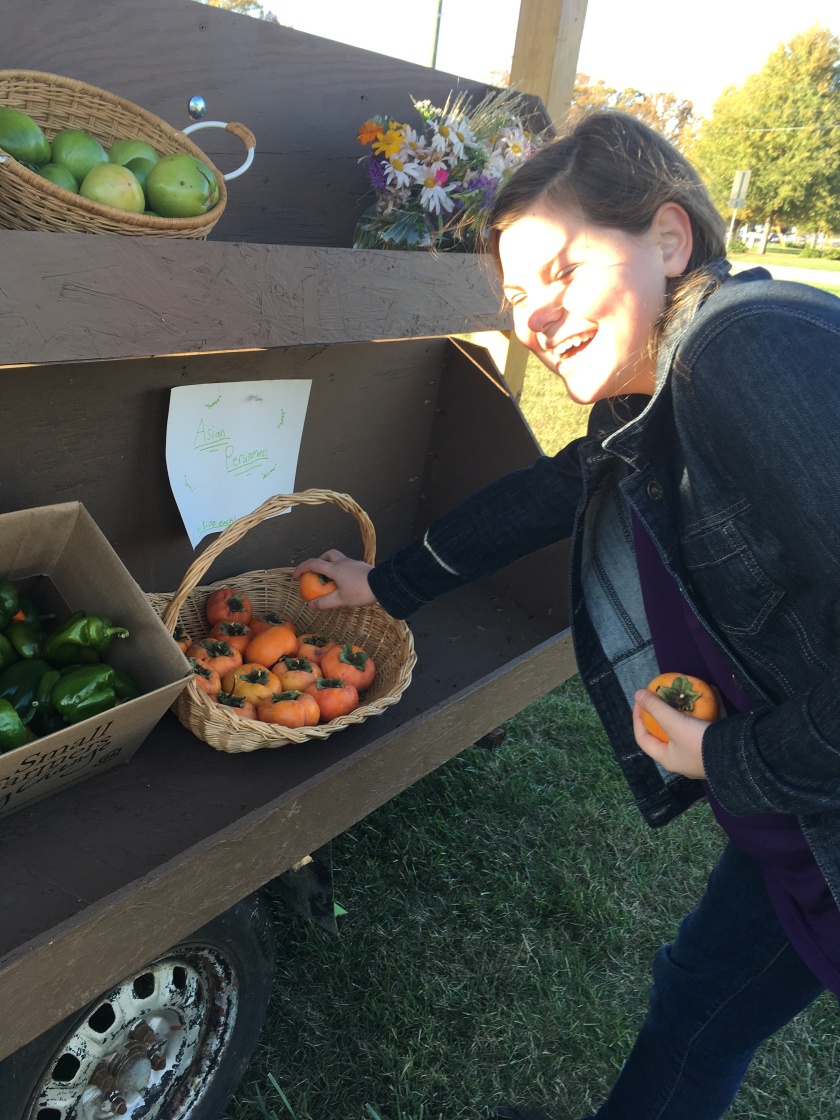
Student Ivy Azaritta buying Asian Persimmons
The Farm Cart being built at the Land Campus in Oak Ridge









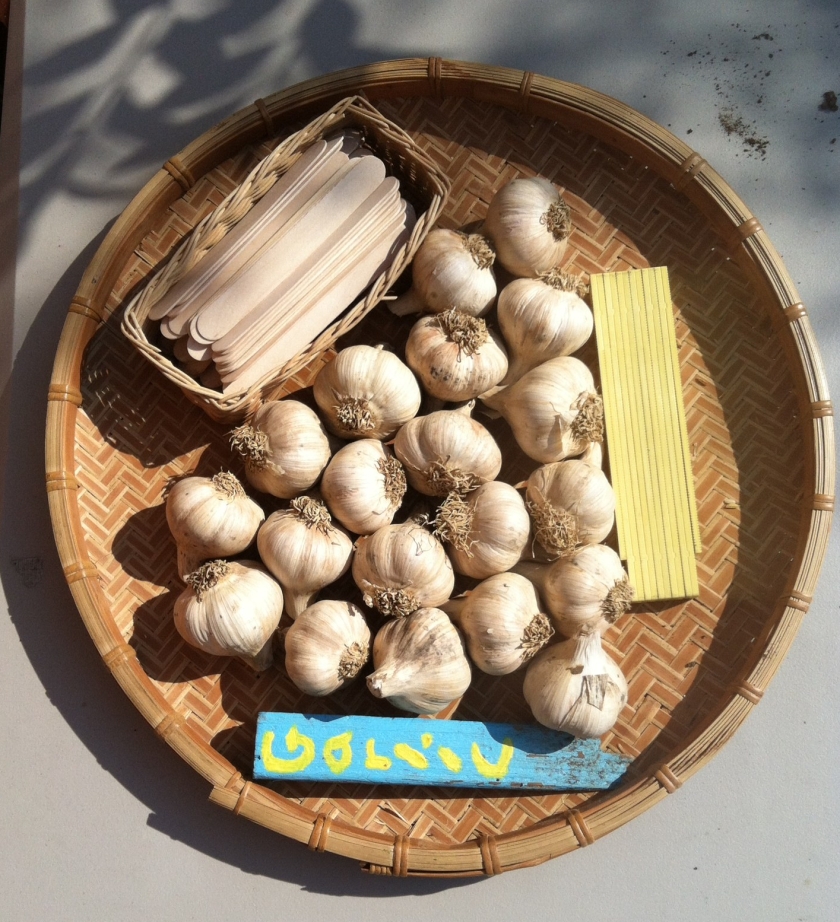

















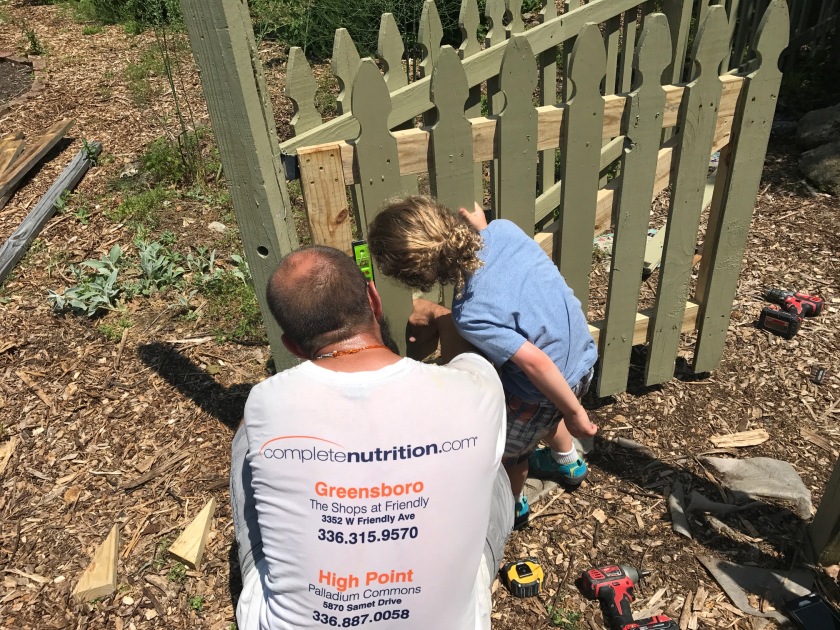










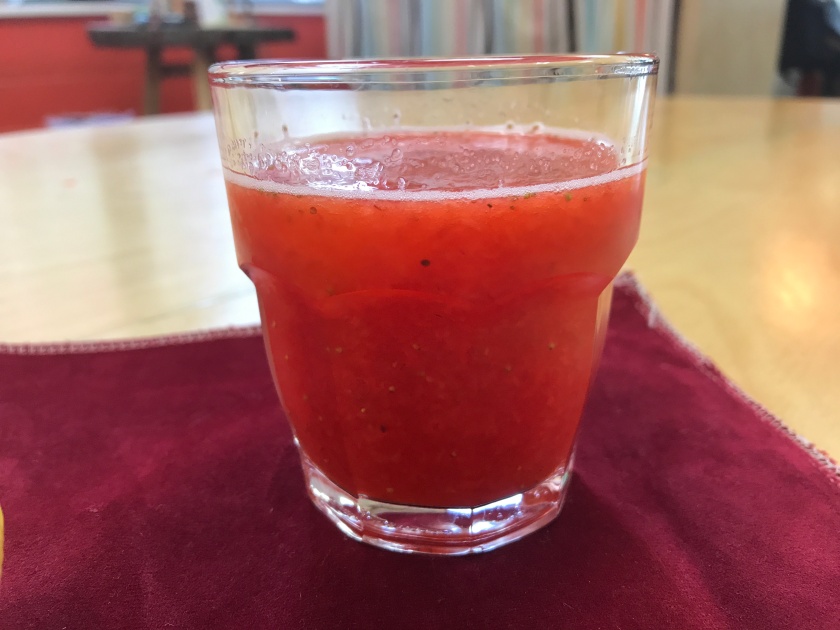






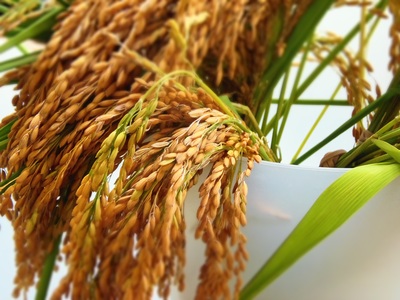

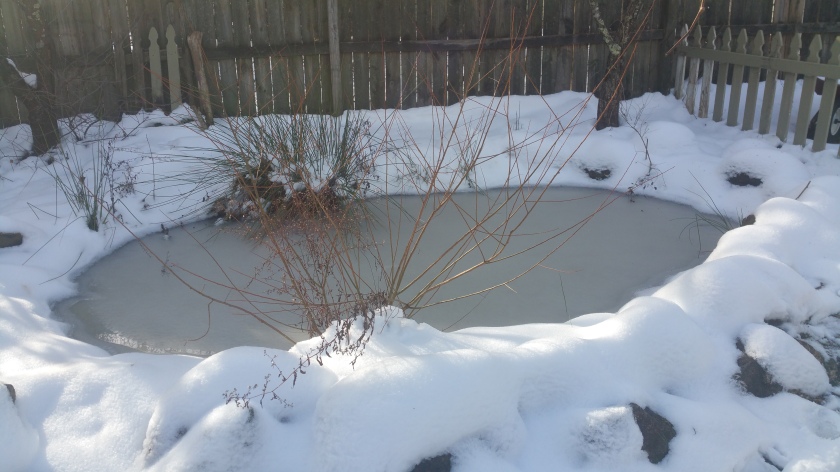








 udents are excited to be giving back by donating produce harvested from the gardens to Backpack Beginnings. Last Friday marked out first official donation. Students on the Farm crew for the GMS Micro-economy harvested two crates full of persimmons, peppers, and bags of mixed greens, slated to go to Jones Elementary and students in need.
udents are excited to be giving back by donating produce harvested from the gardens to Backpack Beginnings. Last Friday marked out first official donation. Students on the Farm crew for the GMS Micro-economy harvested two crates full of persimmons, peppers, and bags of mixed greens, slated to go to Jones Elementary and students in need.
